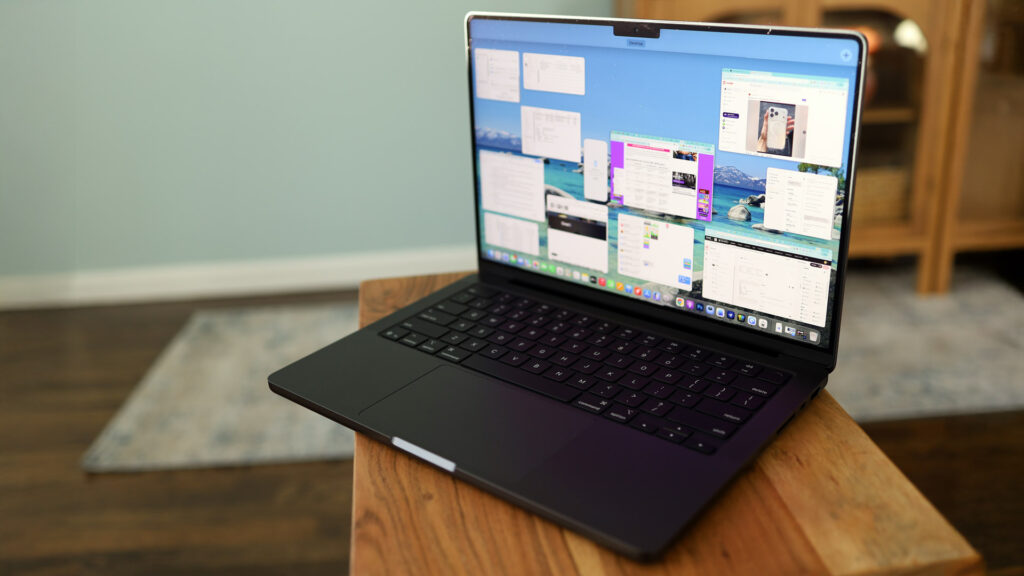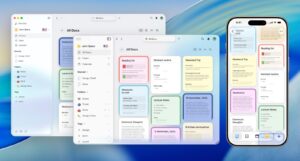
The introduction of the MacBook Pro 14 M5 has addressed significant performance issues related to multitasking, particularly when managing numerous web browser tabs. Users have reported smoother operation and faster response times, marking a notable improvement over previous models.
Apple’s latest iteration of its Silicon series, the M5 chip, boasts a 10-core CPU and a 10-core GPU, along with a 16-core Neural Engine. This new architecture enhances memory bandwidth to 153 GB/s, a substantial upgrade from the M4’s 120 GB/s. These advancements contribute to improved capabilities in demanding applications like video editing and gaming, but the real-world impact is felt most acutely in everyday tasks such as web browsing.
For users like myself, who depend heavily on web applications, the performance of the MacBook Pro 14 M5 has transformed the experience. During my week of using this model, I noticed a stark contrast compared to the previous generation. In the past, running multiple tabs often led to sluggish performance, with frequent slowdowns prompting the dreaded spinning pinwheel. This was especially true when using Chrome alongside applications like Adobe Photoshop.
In contrast, my configured MacBook Pro 14 M5, equipped with 16GB of RAM and 1TB of storage priced at $1,799 (£1,799 / AU$2,799), has proven resilient under pressure. At one point, I was managing 37 Chrome tabs, 2 Safari tabs, and several applications, including Photoshop and QuickTime, across two screens. The system handled this workload effortlessly, exhibiting a level of responsiveness that is impressive for a device of this nature.
This enhanced performance can be attributed to Apple’s optimization of the M5 chip, which seems to have fully harnessed the potential of Apple Silicon in a way that benefits the majority of users. The ability to juggle numerous tabs without significant lag is a revelation, particularly for those who rely heavily on web-based tools for their daily tasks.
As I continue to explore the capabilities of my MacBook Pro 14 M5, I’ve found myself wondering just how much more it can handle. The system’s performance has raised the bar for what users can expect from a laptop, especially in a work environment where multitasking is essential. While some may note the lack of design changes in this iteration, the focus on enhancing internal hardware has paid off in spades.
In conclusion, the MacBook Pro 14 M5 represents a significant leap forward in productivity for everyday users, particularly those who rely on web browsers for their work. With its powerful hardware and optimized performance, Apple has effectively addressed long-standing issues associated with tab management, making it an appealing option for professionals seeking enhanced efficiency in their workflows.







